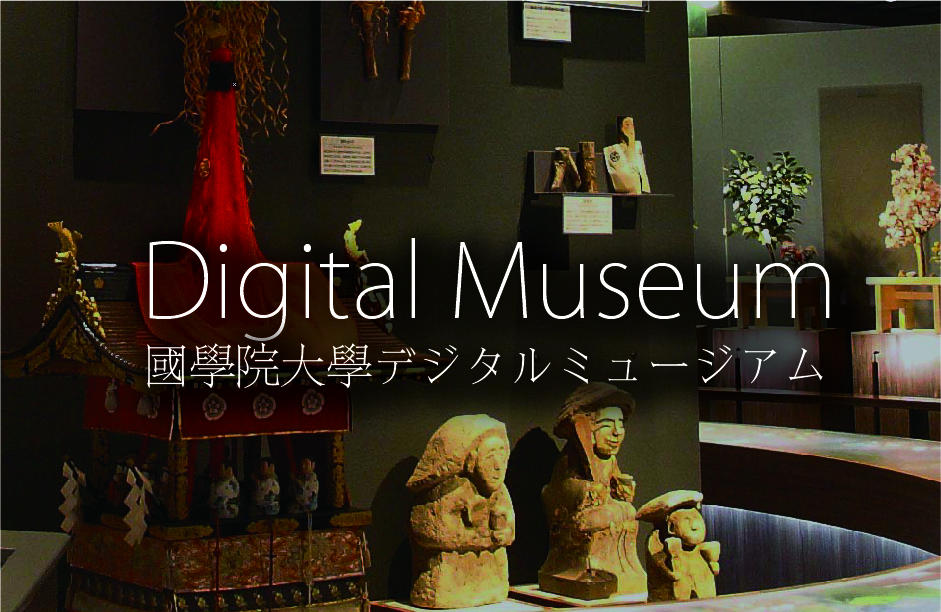- トップ
- Encyclopedia of Shinto
- Jingūreki
Encyclopedia of Shinto
| Main Menu: | |
| Links: |
詳細表示 (Complete Article)
| カテゴリー1: | 4. Jinja (Shrines) |
|---|---|
| カテゴリー2: | Offerings and Talismans |
| Title | Jingūreki |
| Text | A calendar (koyomi or reki) published by the Grand Shrines of Ise. Prior to World War II, it was called the honreki ("official calendar") and was issued by the Grand Shrines Administration (Jingū Shichō) as the only official calendar. In 1946, however, the distribution of calendars was deregulated, and the honreki was renamed the Jingūreki ("the Jingū calendar"). The predecessor of the Jingūreki was the Ise goyomi, a generic term for calendars published by the calendar makers of the towns of Uji (site of the Inner Shrine) and Yamada (site of the Outer Shrine). It is generally believed that the Ise goyomi originated in 1631, first made by Moriwaka Tayū ("Master Morikawa"). From the late seventeenth century, the lower-ranking priests of Ise called oshi, who had previously distributed calendars made in Kyoto (Kyōgoyomi) and Niu (Niugoyomi), began distributing the Isegoyomi as gifts together with the amulets of the Grand Shrines (Jingū taima) which they delivered to their clients at each year's end. As part of the reforms of the Meiji period, however, the oshi system was abolished in 1871, and the distribution of Ise goyomi also ceased. In April 1882, a directive from the Grand Council of State (Dajōkan) stipulated that official calendars (honreki) and "abbreviated official calendars" (ryakuhon goyomi) would be distributed from the Grand Shrines of Ise beginning the following year, and that single-page calendars might be produced by anyone, so long as they abided by publishing ordinances. The Grand Shrines thus began issuing calendars again from 1883, and these calendars were informally known as Jingūreki. — Inoue Nobutaka |






